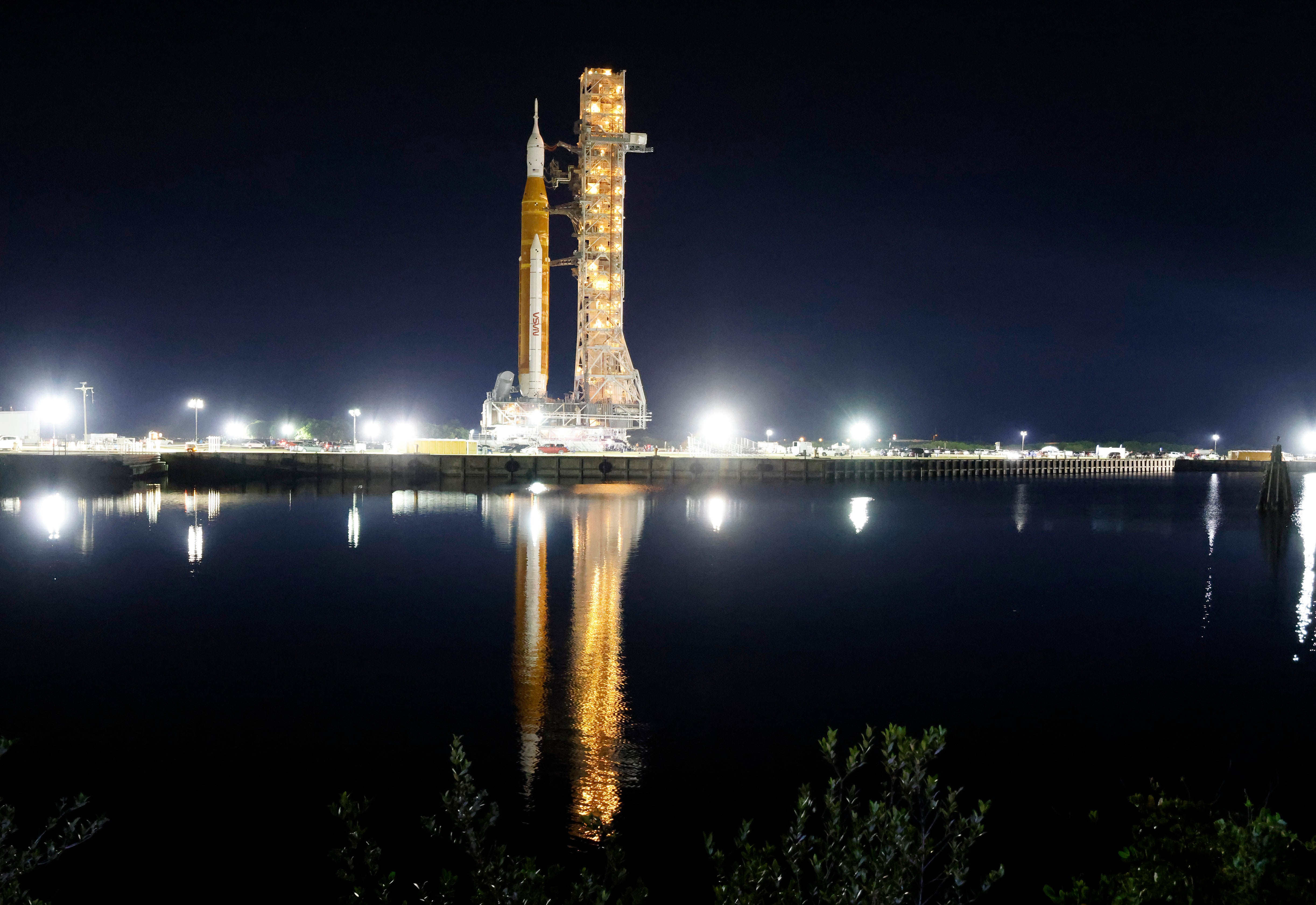Artemis 1: When will Nasa’s moon mission take place and what time?

Your support helps us to tell the story
From reproductive rights to climate change to Big Tech, The Independent is on the ground when the story is developing. Whether it's investigating the financials of Elon Musk's pro-Trump PAC or producing our latest documentary, 'The A Word', which shines a light on the American women fighting for reproductive rights, we know how important it is to parse out the facts from the messaging.
At such a critical moment in US history, we need reporters on the ground. Your donation allows us to keep sending journalists to speak to both sides of the story.
The Independent is trusted by Americans across the entire political spectrum. And unlike many other quality news outlets, we choose not to lock Americans out of our reporting and analysis with paywalls. We believe quality journalism should be available to everyone, paid for by those who can afford it.
Your support makes all the difference.Nasa is preparing to launch Artemis-1, a mission that will begin the space agency’s plan to return to the Moon.
The first test is going without a crew, and only around the Moon. But it will be a major test not only of the Space Launch System that will one day carry humans, but of the decades-long plan that Nasa has drafted for returning to our nearest neighbour.
Follow our live coverage and watch the live stream of Nasa’s Artemis launch here
It will be the result of months of preparation, years of design, and decades of work.
And it will all begin on Monday, 29 August, when the first launch window opens. At 8.33am local eastern time, or 1.33pm in the UK, the first launch window will open.
Nasa will have 120 minutes in which to fire up the rocket and send it into space. If it misses that window, it will have to delay the launch.
But if it misses that window then it has another set, on 2 September and 5 September.
It is likely that Nasa will use the first slot. The space agency has already said that it has a higher tolerance for risk than it would have if there was a crew on board the rocket – and so the only thing likely to put off the launch is terrible weather.
But nothing can ever be truly predicted with space, including weather and anything else besides. In January, for instance, SpaceX was forced to delay a launch just 33 seconds before it was due to take place, because a cruise ship sailed too close to the launchpad.
Once the rocket has left, it will spend 42 days in space, some of which will include time in the Moon’s orbit. it will then drift back down to Earth, splashing into the sea.
All of that process will test how the Space Launch System is able to blast off into space. The Orion capsule that will be the home for future astronauts will also be tested throughout the uncrewed journey.



Join our commenting forum
Join thought-provoking conversations, follow other Independent readers and see their replies
Comments